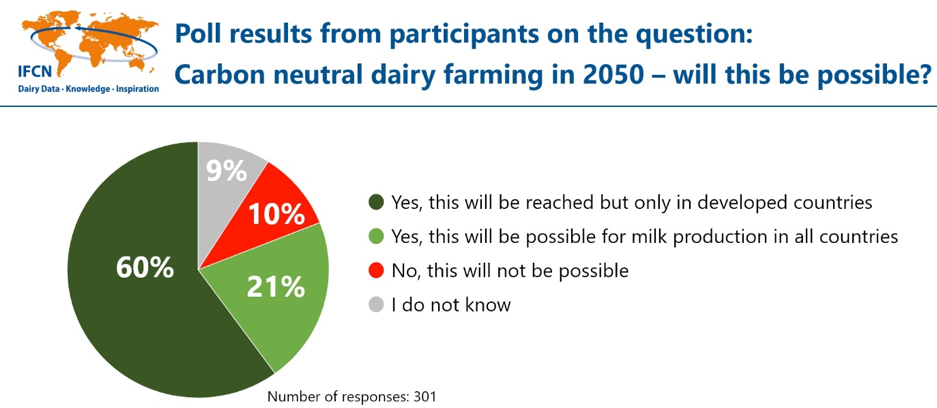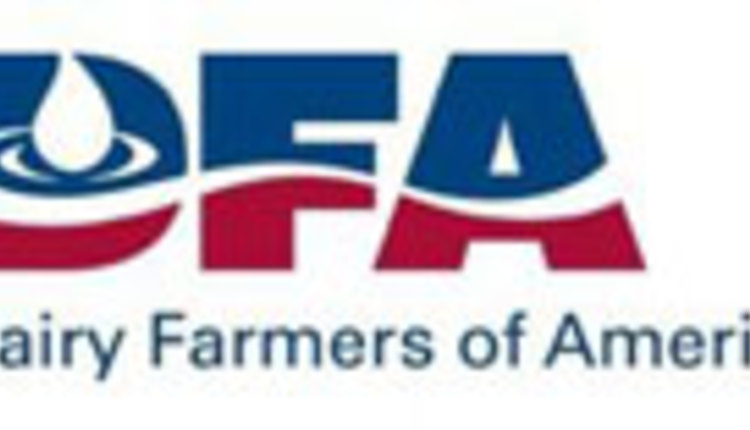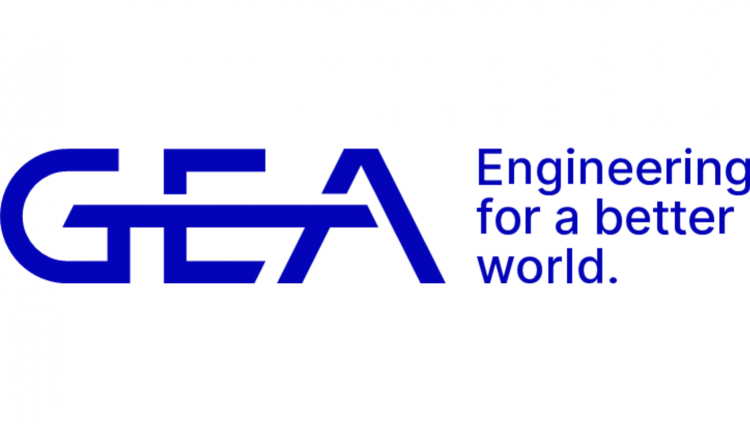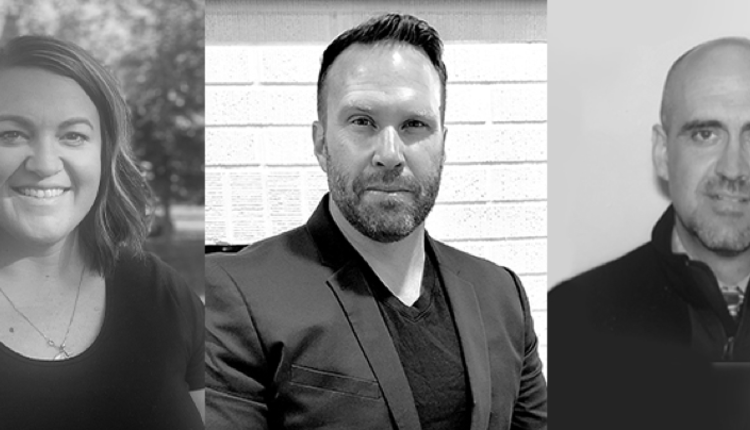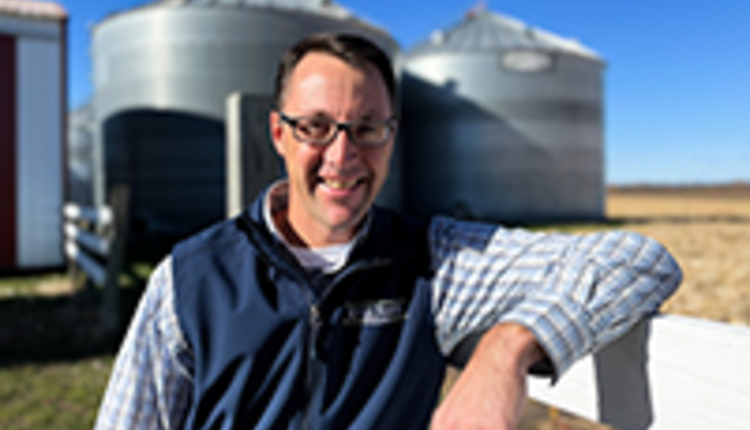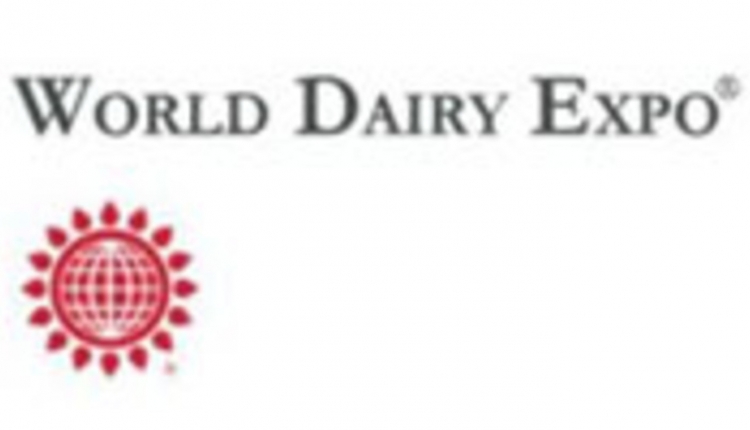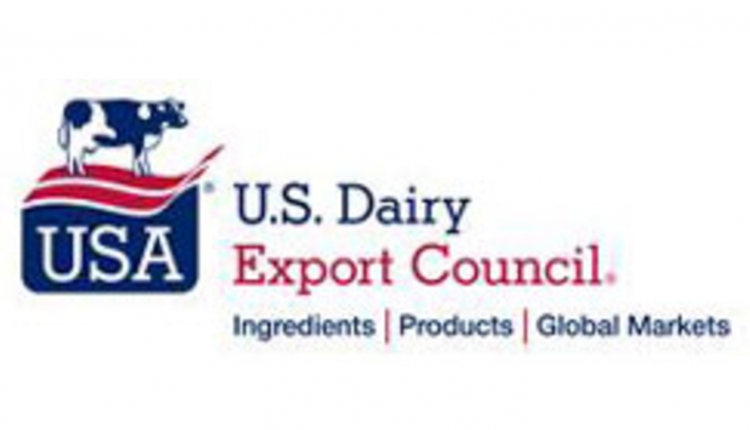The information below has been supplied by dairy marketers and other industry organizations. It has not been edited, verified or endorsed by Hoard’s Dairyman.
By focusing on climate neutrality, the IFCN wants to provide a basis for decision-making and discussion through well-founded data and facts. The IFCN Dairy Baseline 2050 shows that GHG emission per kilogram of milk globally will decline by 28% worldwide, driven by the observed trend towards higher milk yields. As a result, growing global milk demand of + 50% will only cause + 8% additional GHG emissions in dairy farming in the next 30 years.
So what does it take to reduce these GHG emissions in dairy farming? The Dairy Conference aimed to provide answers by inviting speakers from leading global institutions and companies. The panellists came to the conclusion that carbon neutral dairy farming will become possible with fitting farming systems, improved farm management, better access to financial resources in combination with new technologies and a common dairy initiative. Donald Moore (Global Dairy Platform), stated:
“By launching the Net Zero, Pathways to Low-Carbon Dairy initiative, the global dairy sector will demonstrate leadership in tackling climate change while protecting the vital role dairy plays in nutrition, and socio-economic outcomes.”
The good news is that the large majority of participants (81%) agrees that dairy farming can become carbon neutral by 2050. However, it is more likely that developed countries will get there first, so it is important to find a collaborative approach. Jason Clay from WWF recommends: “Let’s build better knowledge sharing platforms - on how to reduce carbon emission in dairy. We need to learn faster”. IFCN would like to thank all participants, panellists and sponsors for their contributions that will help dairy on its way into the future.

